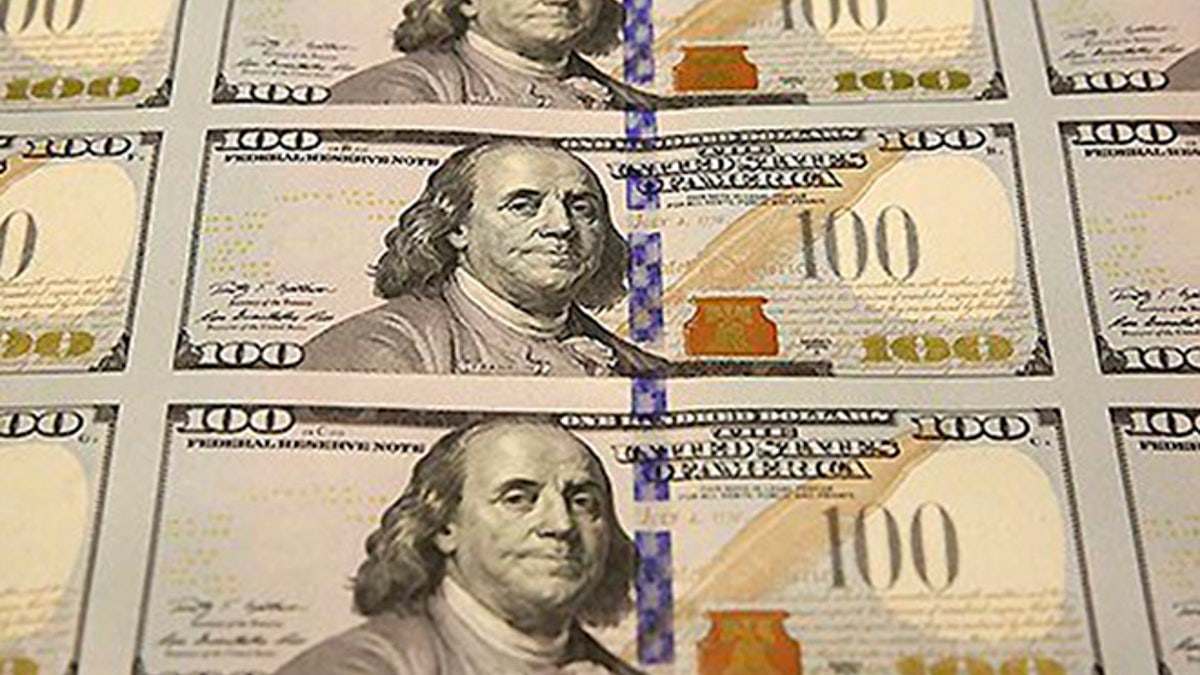
(Associated Press)
Brother, can you spare a C-note?
If Peter Sands, a Harvard University fellow and former bank executive, gets his way, the answer may be no. Mr. Sands wants to get rid of the $100 bill, the 1,000 Swiss franc note, the €500 note and the £50 British note because those high denominations make it easier for criminals to conceal large sums of cash and eliminating them would make it tougher for the bad guys to do business.
“My argument is if you have something that society doesn’t really need but illegal activity really likes, why are you producing it?” asked Mr. Sands, a former chief executive of Standard Chartered PLC and a senior fellow at Harvard’s John F. Kennedy School of Government.
But the U.S. government isn’t ready to give up its Benjamins.
A spokeswoman for the Treasury Department said the agency has no plans to drop the $100 bill, and several agencies, including Treasury, the Federal Reserve and the Drug Enforcement Administration, outlined reasons for sticking with the C-note:
The $100 bill is important globally. There are 11.1 billion $100 bills in circulation, and about 75% of them are held in other countries, in part because the U.S. dollar is the dominant international reserve currency. Retiring it would have a ripple effect beyond the borders of the U.S.
Replacing the bill would be expensive. It costs 14.3 cents to produce a $100 bill. The next largest denomination, the $50 bill, costs 10.6 cents, but twice as many would have to be printed, at a higher cost overall. (The $100 bill is more expensive to make because of its security features.) Transporting a greater number of smaller bills would also cost more. And some seigniorage—the profit made by the government by issuing currency—would be forfeited.




